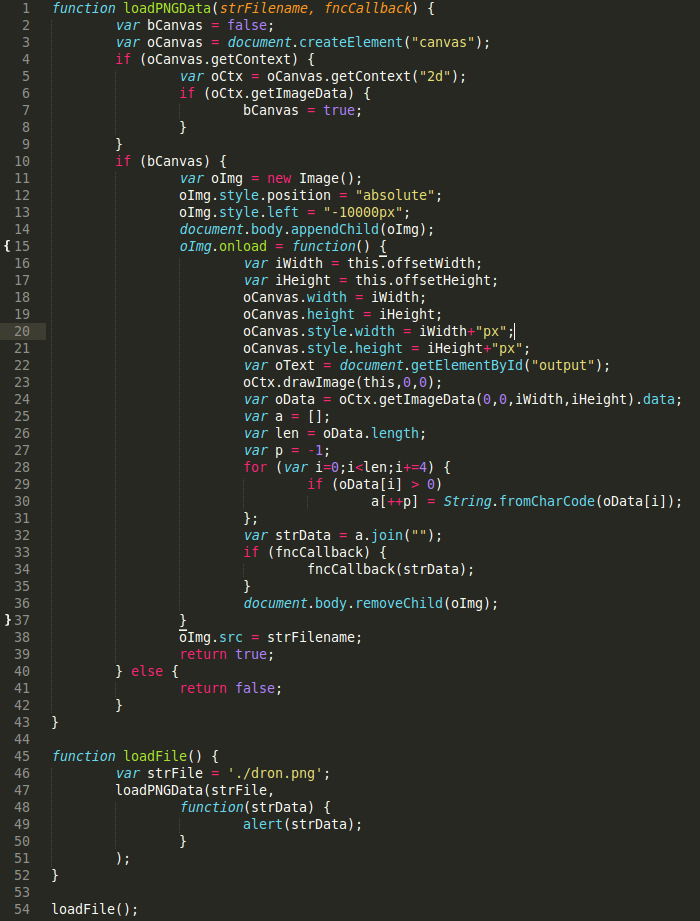 Computerworld -
Apple on Tuesday made it clear that it will no longer patch OS X 10.6,
aka Snow Leopard, when it again declined to offer a security update for
the four-and-a-half-year-old operating system.
Computerworld -
Apple on Tuesday made it clear that it will no longer patch OS X 10.6,
aka Snow Leopard, when it again declined to offer a security update for
the four-and-a-half-year-old operating system.Snow Leopard was also ignored in December, when Apple patched Safari 6 and 7 for newer editions of OS X, but did not update Safari 5.1.10, the most-current Apple browser for the OS.
Apple delivered the final security update for Snow Leopard in September 2013.
But it wasn't. Instead, Apple continued to ship security updates for Snow Leopard, and with Tuesday's patches of Mountain Lion and Lion Tuesday, it now seems plain that Apple has shifted to supporting "n-2" as well as "n" and "n-1."
(In that scenario, Mavericks is now "n," Mountain Lion is "n-1" and Lion is "n-2.")
The change was probably due to Apple's accelerated development and release schedule for OS X, which now promises annual upgrades. The shorter span between editions meant that unless Apple extended its support lifecycle, Lion would have fallen off the list about two years after its July 2011 launch.
None of this would be noteworthy if Apple, like Microsoft and a host of other major software vendors, clearly spelled out its support policies. But Apple doesn't, leaving users to guess about when their operating systems will fall off support.
"Let's face it, Apple doesn't go out of their way to ensure users are aware when products are going end of life," said Andrew Storms, director of DevOps at security company CloudPassage, in a December interview.
To Apple, Snow Leopard increasingly looks like Windows XP does to Microsoft: an operating system that refuses to roll over and die. At the end of January, 19% of all Macs were running Snow Leopard, slightly more, in fact, than ran its successor, Lion, which accounted for 16%, and almost as much as Mountain Lion, whose user share plummeted once Mavericks arrived, according to Web analytics firm Net Applications.
With Snow Leopard's retirement, 1 in 5 Macs are running an operating system that could be compromised because of unpatched vulnerabilities.
Snow Leopard users have given many reasons for hanging on, including some identical to those expressed by Windows XP customers: The OS still works fine for them; their Macs, while old, show no sign of quitting; and they dislike the path that Apple's taken with OS X's user interface (UI).
Also in play is the fact that Snow Leopard was the last version of OS X able to run applications designed for the PowerPC processor, the Apple/IBM/Motorola-crafted CPU used by Apple before it switched to Intel in 2006. Snow Leopard, while requiring a Mac with an Intel processor, was the latest edition able to run the Rosetta translation utility, and thus launch PowerPC software.
The one comfort in Tuesday's updates was that it looked like Apple will continue to support Lion and Mountain Lion a while longer, even though it has offered those users a free upgrade to Mavericks. Yesterday's security updates patched 21 vulnerabilities in Lion, 26 in Mountain Lion.
In December, Storms bet that Lion and Mountain Lion had been retired when Apple did not issue security updates for those two editions, even as it fixed a handful of flaws in Mavericks. But he gave himself an out at the time, noting that Apple's silence -- it has long declined to comment on almost any question related to security -- on those editions may be temporary.
For parts of Apple's customer base, the free-OS X strategy seems to be working: By Net Applications' tally, Mavericks accounted for 42% of all versions of OS X used in January. Mavericks' continued gains, however, have come mostly at the expense of Mountain Lion -- which lost 6 percentage points in the last two months -- and Lion, which dropped by 2 points in the same period. Yet Snow Leopard has been largely unaffected. Since October, when Mavericks appeared, OS X 10.6 has dropped less each month than either its 6- or 12-month average.
Source - Computerworld Gregg Keizer












